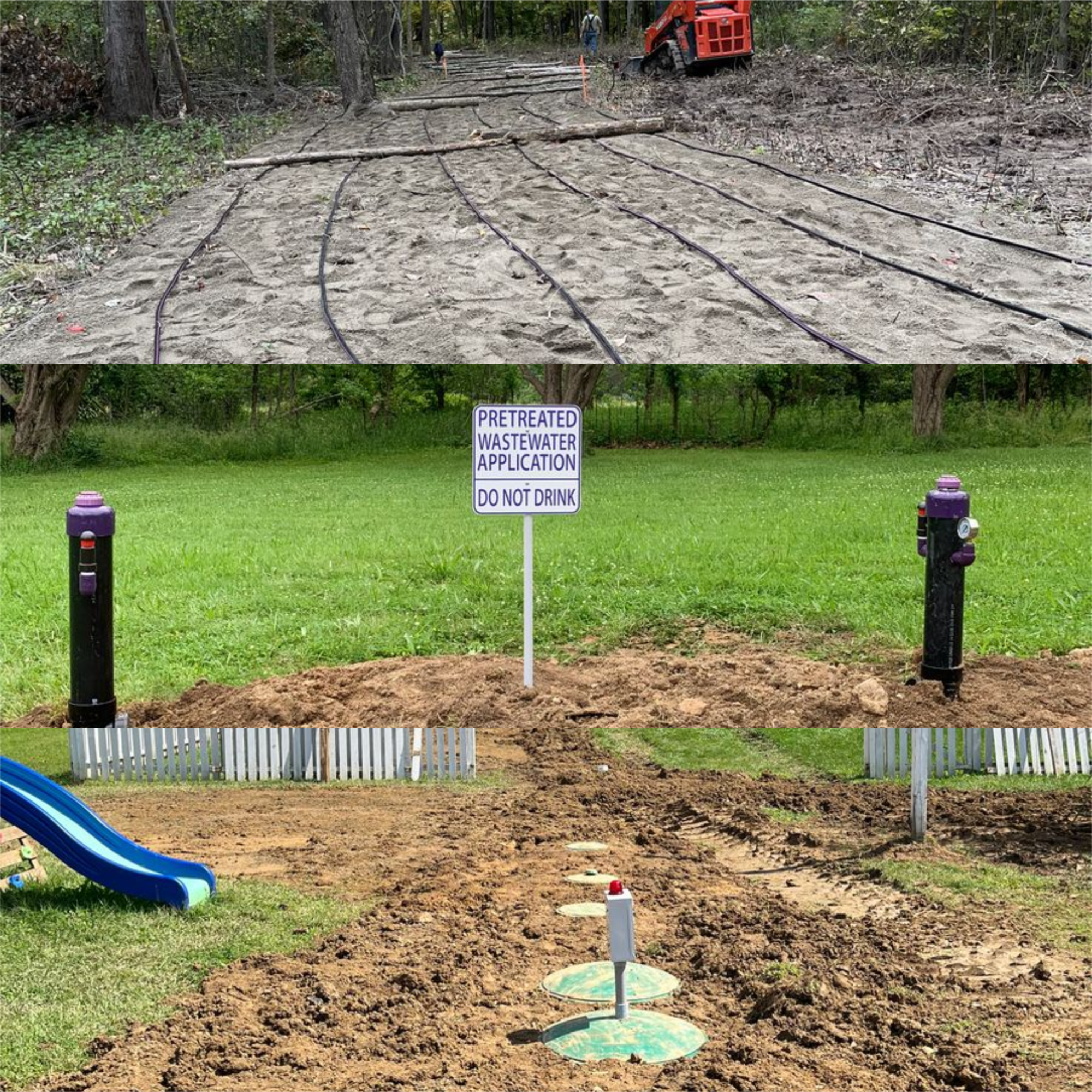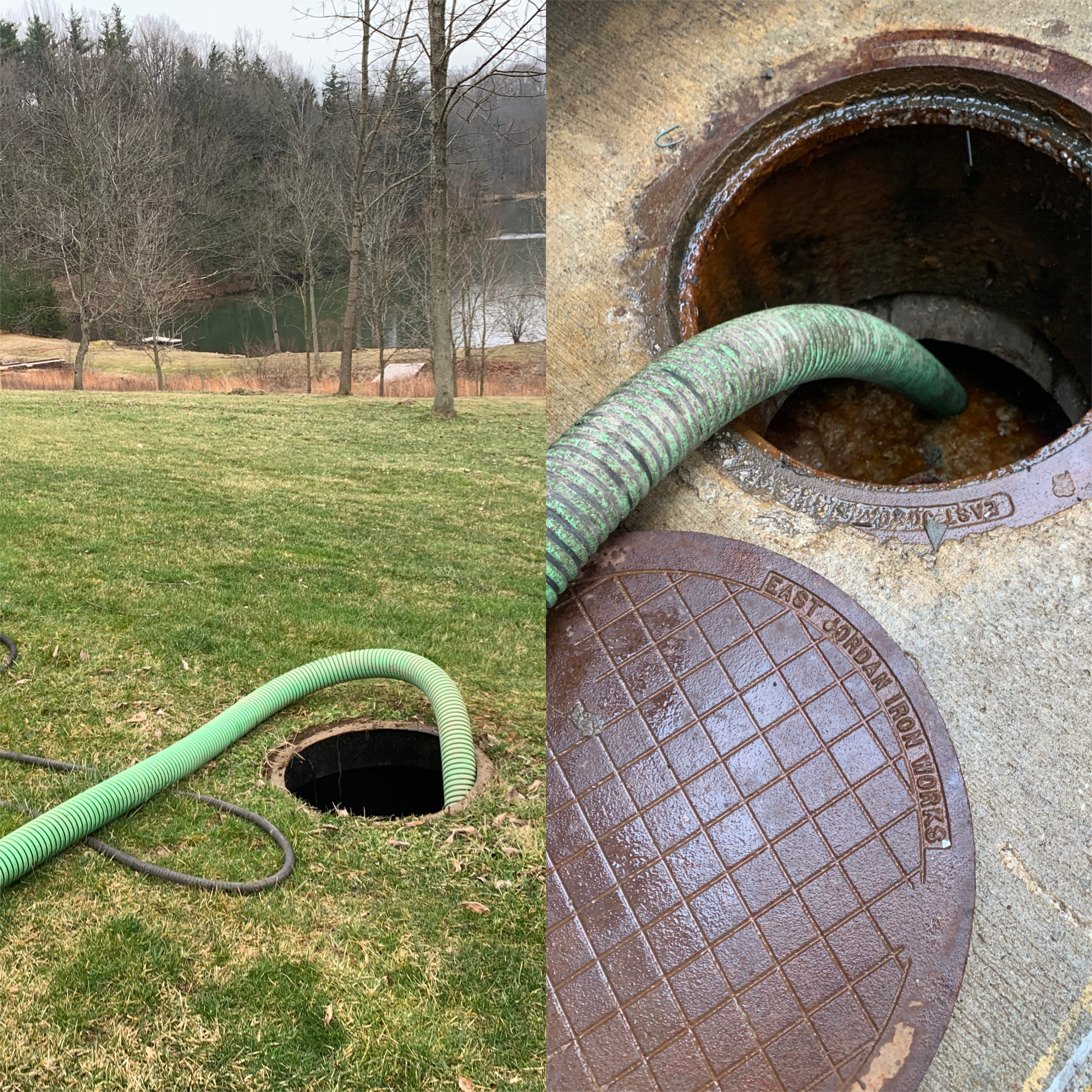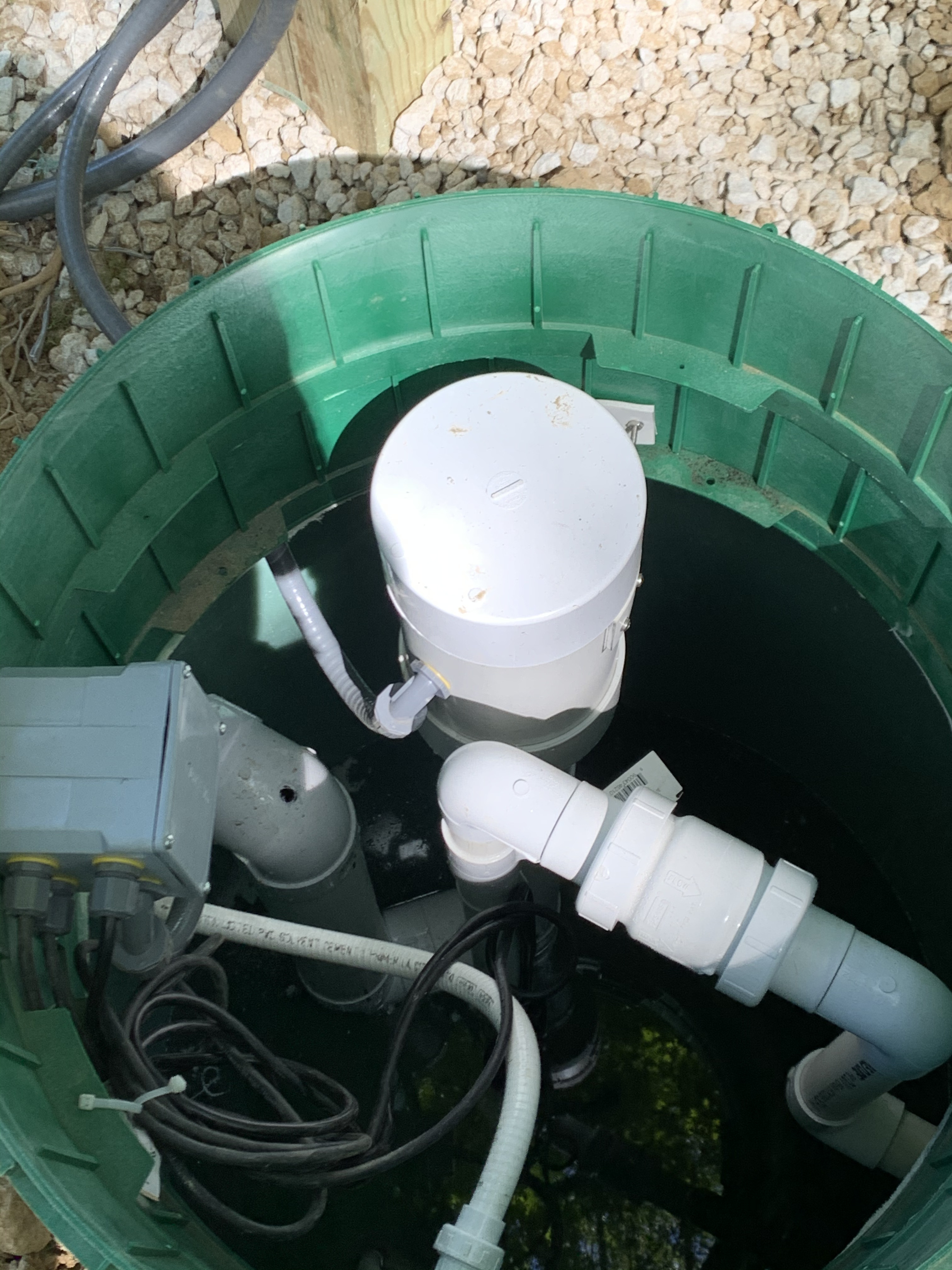
Understanding the Different Types of Septic Systems in Ohio
When it comes to managing wastewater in Northeast Ohio, several septic system options are available, each tailored to specific property needs and environmental factors. In this blog post, we will explore the most common types of septic systems installed in the region, including conventional septic tanks, mound systems, sand filter systems, peat systems, and more. Understanding these systems will help you make informed decisions about the best solution for your property's wastewater management.
Conventional Septic Tanks:
Conventional septic systems are the most commonly used in Northeast Ohio. They consist of a septic tank that holds and partially treats wastewater before releasing it into the drain field for further filtration into the soil. Routine maintenance, such as regular pumping, is essential to keep these systems functioning efficiently.
NPDES Off-Lot Septic System
Off-Lot (discharging): these systems treat the waste by utilizing an Aeration component of choice, along with a U.V light disenfection component, and then discharge the wastewater off of the property to a waterway like a stream, storm sewer, or ditch. In addition to permits, these systems require a National Pollutant Discharge Elimination System (NPDES) permit through the Ohio EPA. These systems are only permissible when an on-lot system cannot be installed.
Mound Systems:
Mound systems are ideal for properties with shallow soil depth or high water tables. They involve raising the drain field above the natural soil level, creating a mound-like structure. Wastewater is evenly distributed and filtered through the elevated soil, providing effective treatment. Depending on soil results from a soil scientist it will determine if the wastewater going to the mound needs to be treated with Aeration alone or be partnered with U.V light to help kill bacteria before discharging into the Sand mound.
Sand Filter Bed Systems:
Sand filter systems use sand as a natural filtering medium to further treat wastewater after it leaves the septic tank. The sand filter enhances the removal of contaminants, making it suitable for properties with specific soil conditions or limited space.These types of systems are now outdated due to Ohio's regulations. However, they are still in use all over the state of Ohio until the filter bed fails and needs to be replaced.
Drip Distribution Systems:
Drip dispersal systems involve using a network of small drip tubing with evenly spaced holes to disperse treated wastewater directly into a Sand bed covered in topsoil. Usually the bed of sand the tubing is laying on is 6-8 inches. Then gets covered with a layer of topsoil of 6-10 inches. This controlled distribution allows for efficient absorption and minimal impact on the environment. Drip systemsmay get a bad rap from some Installers or builders depending on who your speaking with. The lack of experience/knowledge our local competitors have on the drip system leads many to say they are bad systems because they have multiple moving components that takes experienced experts to look over the system and perform maintenance. Drip systems are very reliable and low cost systems if you have a good service provider thats licensed to work on them! Most Drip systems only have an aeration device that needs replaced between every 4-8 years along with a discharge pump that takes the wastewater from a dosing chamber to the Drip fields. Compared to spray systems that all utilize an Aeration component, along with a U.V that has an average life span of 2-3 years. Drip systems can be more costly than drip to install, but long term they have less mechanical components that will need replaced over time.
Spray Distribution Systems:
Spray distribution systems spray treated wastewater over a designated area thats determined by a soil scientist, promoting aeration and further treatment before it reaches the soil. These systems are suitable for larger properties with adequate space for safe dispersal. The Spray systems in ohio are all timed to go off at 4am each morning. These sytems are time dosed and only pump once a day per design. Most spray systems have Aeration tanks to break down the wastewater along with a U.V light before discharge.
Peat Systems:
Peat systems utilize layers of peat moss as a natural filter for wastewater treatment. The peat moss effectively removes impurities and helps in the breakdown of organic matter, producing cleaner effluent that can be safely dispersed into the ground.
Conclusion:
With various septic system options available, homeowners and property owners in Northeast Ohio can find the perfect fit for their wastewater management needs. Understanding the different types of septic systems, including conventional septic tanks, mound systems, sand filter systems, drip systems, and others, will help you to make informed decisions about the most efficient and environmentally friendly solution for your property. Always consult with a professional septic service provider to determine the most suitable system for your specific location and ensure compliance with local regulations.


